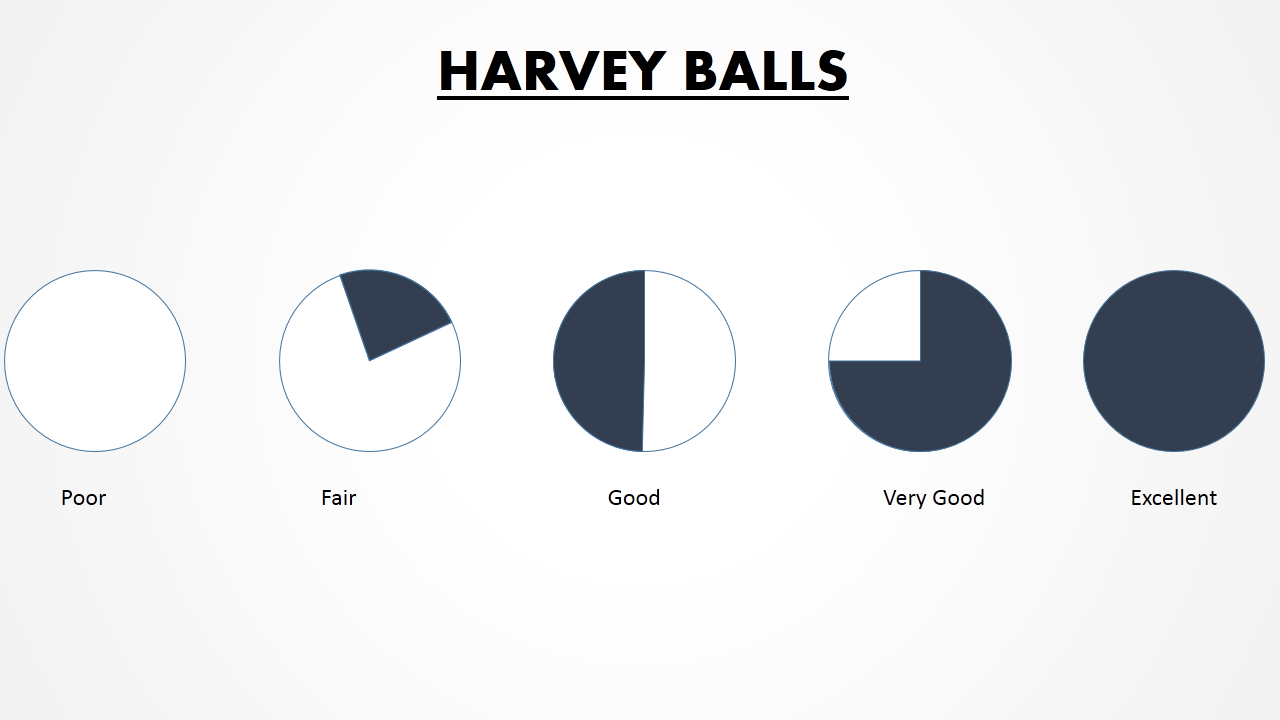Project migrations are the key to unlocking business growth and adaptability. Things, however, turn tricky when migrations do not go smoothly due to improper execution or improper fit in migrations.
A Standish Group report claims that over half of IT projects face significant challenges during implementation, underscoring the necessity of planning, and the importance of executing migration. At this point, SlideTeam's Migration Plan Templates emerge as the saviour.
Check out our blog on must-have data migration best practices for the best results.
Our templates stand out as the North Star in migration planning and management, leading to efficient migration experiences. Explore the 100% customizable and editable templates to revolutionize migration planning - guaranteeing projects reach their destinations, without fail!
Stir Excellence with Our Top Migration Plan Templates
Our PPT Templates are offer the structure to your presentations, a starting point, and can be customized to unique audience profile.
Explore now!
Template 1: Software Data Migration Plan Process
This PPT Slide provides a step-by-step breakdown of the migration process. Start with design planning, collect source data, before ending with initiate migration; the presentation also lists all other steps in between. This slide is more than an informative resource; it's also helpful in streamlining data migration efforts. No matter your role - project manager or IT professional - this slide provides a practical roadmap. By simplifying an otherwise complex process, this slide makes data migration projects accessible for anyone involved.
Template 2: ERP Migration Project Plan Stages
This PPT Slide provides an outline of the essential steps of ERP migration. Use this template to depict project development, data conversion and loading (data migration), procedure development, and procedure review development. This powerful strategic tool that ensures your ERP migration project stays on schedule. If you are leading an ERP migration project, managing a team, or simply trying to understand it better - this slide serves as your roadmap towards success.
Template 3: ERP Software Migration Plan Timeline PPT Template
Get a structured timeline that walks you through critical stages of migration with the use of this template. Begin with self-analysis in which you assess your organization's needs and challenges, and proceeding through steps such as possibility identification, ‘potential risks assessment, determining operational costs, market research/performance market analysis, and finally identifying financial needs and required resources. This slide serves as your strategic roadmap toward an ERP migration success. Project managers and IT professionals can make use of this slide.
Template 4: Website Server Migration Plan Steps Template PPT Infographic
This PPT Slide provides a breakdown of five essential stages of server migration. Beginning with new server preparation, where you lay the foundation for an efficient move, to new application migration assessment of server, where capabilities and compatibility of your new server are assessed before finally transferring data from old to new server, this template offers it all. Testing follows to ensure everything works as intended before concluding with the launch of your new server, marking its successful migration. This slide is best for people managing technical aspects of migration.
Template 5: Website Migration Project Plan with Task Priority Status
This PPT Slide offers an organized project plan with five essential components: Develop migration plan, which sets the groundwork of your migration project; migrate website, which serves as its core migration component; site update work, providing opportunities for necessary website enhancements. The last two steps are preparing a technical SEO, and finally launching the test site. Project managers, IT professionals, and web administrators benefit from this slide. It is a strategic instrument for simplifying website migration by clarifying and prioritizing tasks.
Template 6 Strategic approach to data migration project plan PowerPoint Template
This PPT Slide contains an organized plan that encompasses key stages of data migration: Plan; develop; validate; migrate; and test. Each step is tailored to provide an efficient data migration process with zero errors or disruptions. Whether you are a developer, tester, infrastructure architect, or project manager, this slide is best for us to embark on your data migration journey.
Template 7: Data Centre migration planning three-month roadmap
This PPT Slide contains a roadmap outlining the project's journey over three months, including critical phases program management, discovery, planning, and migration. This slide simplifies data conversion and loading into an organized plan. It clarifies the project overview, key deliverables, and milestones to be met. Whether overseeing an entire data center migration project or managing certain phases, this slide is the ultimate resource.
Template 8: Human resource migration planning six-month roadmap
This PPT Slide contains a detailed roadmap outlining your project's journey over six months. This roadmap includes phases, activities, and milestones, allowing a structured and systematic approach to HR migration planning. With it, you can elucidate critical deliverables, outline steps involved, allocate time frames, and allocate workforce resources in an organized and understandable fashion. This slide can help facilitate communication among your stakeholders, especially in experts and professional from the HR domain.
Template 9: Half-yearly roadmap for application migration planning
This PPT Slide provides a six-month strategic roadmap encompassing phases such as plan under Strategy and Design, migrate under Migrate and Transition, and run under Operation and Improvement - catering to stakeholders such as project managers, IT professionals, strategy, and design teams. This slide features a roadmap for post-migration support as well, detailing essential deliverables, steps taken toward completion, timeframes allocated, and workforce allocation considerations. Why wait?
Template 10: Half-yearly migration planning roadmap for cloud platform
This PPT Slide serves as a strategic roadmap that spans six months, outlining key phrases such as pre-migration; architecture assessment; solution modeling; execution; testing and post-migration support. Tailored explicitly towards project managers, IT professionals, cloud architects, and support teams. This slide serve as more than a visual depiction of infra architecture; it's also an action plan to help make cloud migration orderly.
Migrate And Grow With Us!
At the core of migration planning lies success; having the appropriate tools at your disposal is vital to navigating its complex terrain successfully. SlideTeam Templates offer guidance toward seamless transitions.
Refer to our blog on Data Migration Templates you need for seamless transformation.
FAQs on Migration Plan
What are the major components of a migration plan?
An effective migration plan contains multiple components essential to its success. First and foremost, its goals should be laid out, outlining what the project needs to accomplish. The second is an assessment of the current state, including an inventory of current assets and data, as well as risk mitigation strategies to prepare for and address potential obstacles.
Create a clear timeline with milestones, tasks, and responsibilities in mind so everyone is on board. Establish data migration strategies such as mapping and validation procedures to facilitate smooth data transfers between systems. The creation of test protocols mitigate disruptions, and communication and training plans ensure stakeholders remain well-informed and prepared.
What are the seven common migration strategies?
- Rehosting (Lift and Shift): This approach involves moving applications or data to a new environment with minimal modifications.
- Re-platforming (Lift and Tweak): As part of the migration, specific optimizations or application adjustments are made during their relocation to fit their new environment.
- Refactoring: This strategy involves modifying applications or data structures to use all capabilities that the new platform offers.
- Rebuilding: Entire applications or systems can be rebuilt from scratch using newer technologies and frameworks that offer increased functionality and scalability.
- Retire: Certain components or applications must be decommissioned or retired as part of migration to simplify the environment.
- Retain: Retain is keeping specific components as-is for compliance or legacy considerations.
- Re-archiving: When data or applications are moved from their primary environment into longer-term storage or archive systems, their load on primary environments is reduced significantly.
What is the migration plan in project management?
Project managers who employ migration plans know they must design a document, outlining steps taken to transition from one state or system to the next, providing guidance for data, applications, or infrastructure transfer while minimizing disruption and guaranteeing the project's success. Migration plans comprise objectives, scope, timelines, roles, and responsibilities to address current and target states while outlining tasks and activities necessary to bridge gaps. Furthermore, risk analyses and mitigation strategies anticipate and overcome challenges that might arise. Communication plans ensure stakeholders remain apprised throughout the migration process while rigorous testing and validation processes verify its smooth transition.
Why should businesses use Migration Plan Templates?
Migration Plan Templates offer distinct advantages as these offer a structured framework, saving time and effort when planning complex transitions. Furthermore, many migration templates contain best practices and industry standards. Diagrams serve as visual guides, aiding communication among team members and stakeholders and risk evaluation and mitigation, increasing project preparedness. Finally, templates ensure consistency and comprehensiveness when planning migration projects, decreasing the chance of overlooking essential components. In other words, migration plan templates simplify the process while improving organization.





 Customer Reviews
Customer Reviews

















